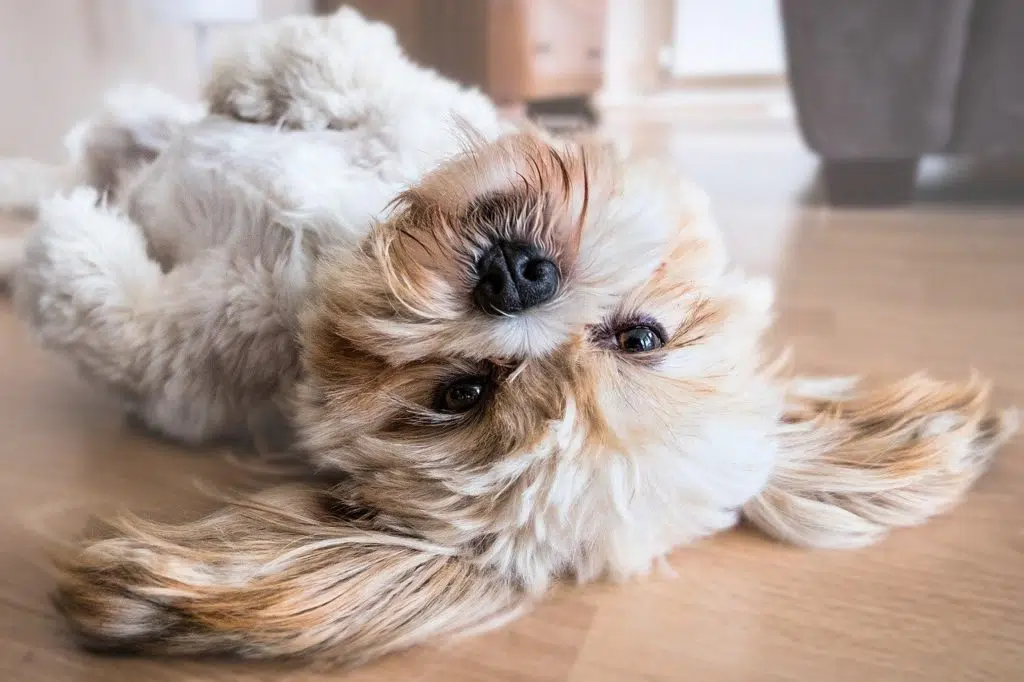Almost every person with a dog has heard this next phrase at one point or another – “A dog needs mental and physical activities to spend some energy to be calmer”. In fact, most dog owners have been told this concept many times.
And it’s partially true! A dog really does need to go on walks and play games to stay in good mental and physical health. This has always been and always will be true.
However, that is not all of it. What most people don’t know or are unaware of, is that a dog also needs to learn how to flip the switch off, and do nothing.
Why? Because if we constantly provide our dog with physical activity and stimuli, our dog will get tired, rest, and get up with energy again. We will provide it with physical activity again, and eventually our dog will grow more and more resilient to the level of activity we are providing and we will need to increase the duration and intensity to satisfy our dog’s needs. This is an endless cycle that will result in our dog being hyper all the time because we cannot provide it with the level of activity it requires to be able to relax.
And that is why it’s important to teach our dogs to be bored.
But how do you teach a dog to contently be bored?
We start by teaching our dog to stay.
Leash you dog, sit on the sofa and put your foot on the leash. Give your dog just enough leash to comfortably sit. No more.
If your dog sits/lays down quietly next to you, say “yes” and put a treat on the floor between your dog’s paws. If your dog is not relaxed, patiently and quietly wait until it calms down. Then say “yes” and treat.
- This training doesn’t require any talking, except saying “yes” every now and then. There is no command for this behavior. You are teaching your dog that staying calm and still is a rewarding behavior.
- Do not feed your dog from your hand as this might cause it to break its relaxed stance. Put the treat on the floor to encourage your dog to remain sitting or laying down.
Do this around the house and outside –
Family movie night? Have one of you stepping on the leash. You’re working from home? Have the dog next to you and step on the leash. You’re drinking your morning coffee on your front steps? Take your dog with you and step on the leash.
Stepping on the leash is only to stop the dog from moving around – if you are still, your dog needs to be still. If you move, your dog can move.
Start inside the house and then bring your training outside –
You’re taking a break outside? Take your dog and stand on the corner for 1-3 minutes and step on the leash. You’re taking your dog for a walk? Stop near the park and step on the leash.
This will teach your dog not just to relax outside, but also that it can look around and take in the smells and noises without having to react to everything, that it can just calmly be in the environment without having to interact with it.
Keep in mind that it might take your dog longer to relax outside since there are a lot more distractions outside. But if you are patient and consistent, your dog will master this skill.
Start in a quiet corner of your street and slowly work to increase the duration and distractions around you, until your dog is able to stay calm even when you stand by a busy playground or dog park.
Does this mean you will need to treat your dog all the time? No, only in the beginning. As with anything you teach your dog, wen your dog starts to pick up on what you are asking of it, you can increase the duration and treat every couple of minutes, until eventually your dog is able to be calm and still for long periods of time, without needing the reinforcement of the treat.
*It is OK to treat your dog every now and then, even when it’s already used to this activity (or lack of activity), just to reinforce the behavior. My old dog doesn’t need any rewards for staying calm and quiet, but I still throw him a treat once in a blue moon to remind him that he is doing exactly what I want him to do.
The ability to just be, is a very important tool on the way to having a balanced dog. It is the first thing I teach all my clients, and aside from specific cases of anxiety and aggression, which require a different approach, most people see a noticeable improvement in their dog’s behavior once they teach their dog the art of doing nothing.
